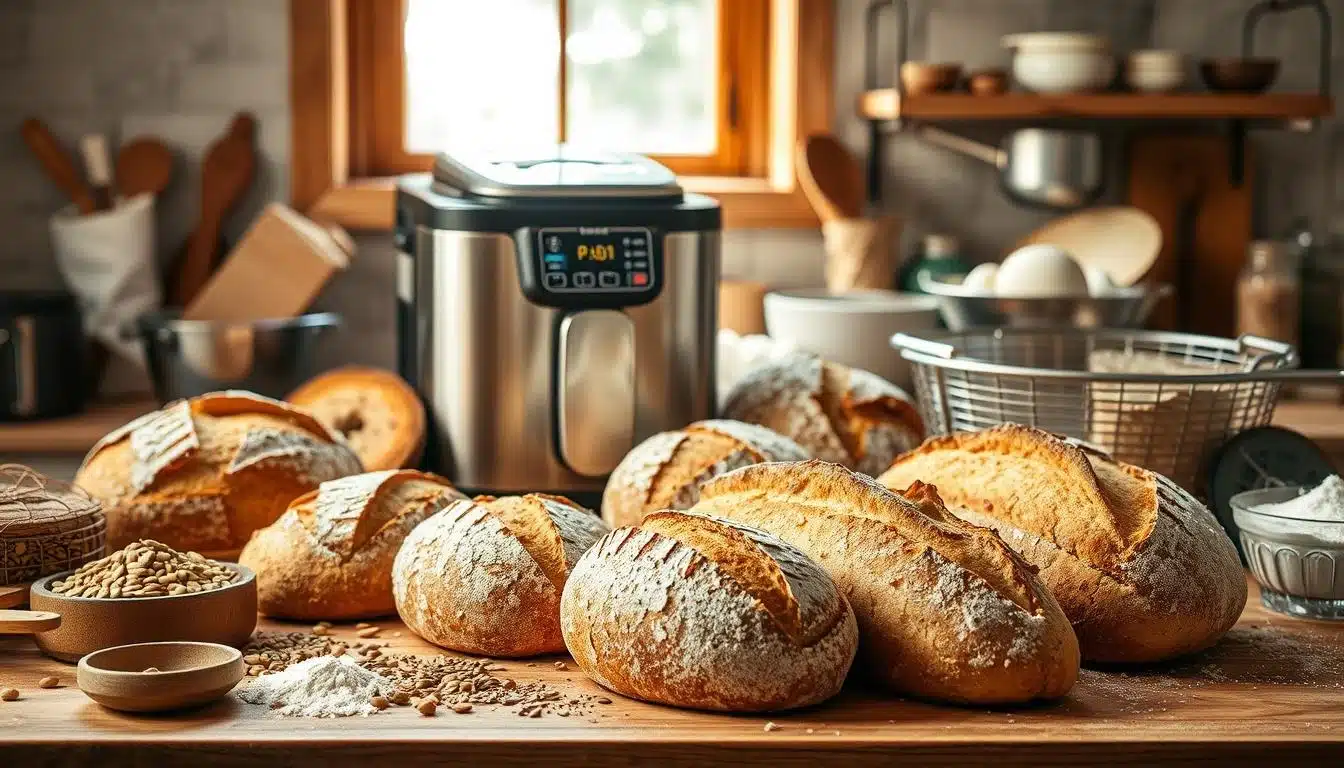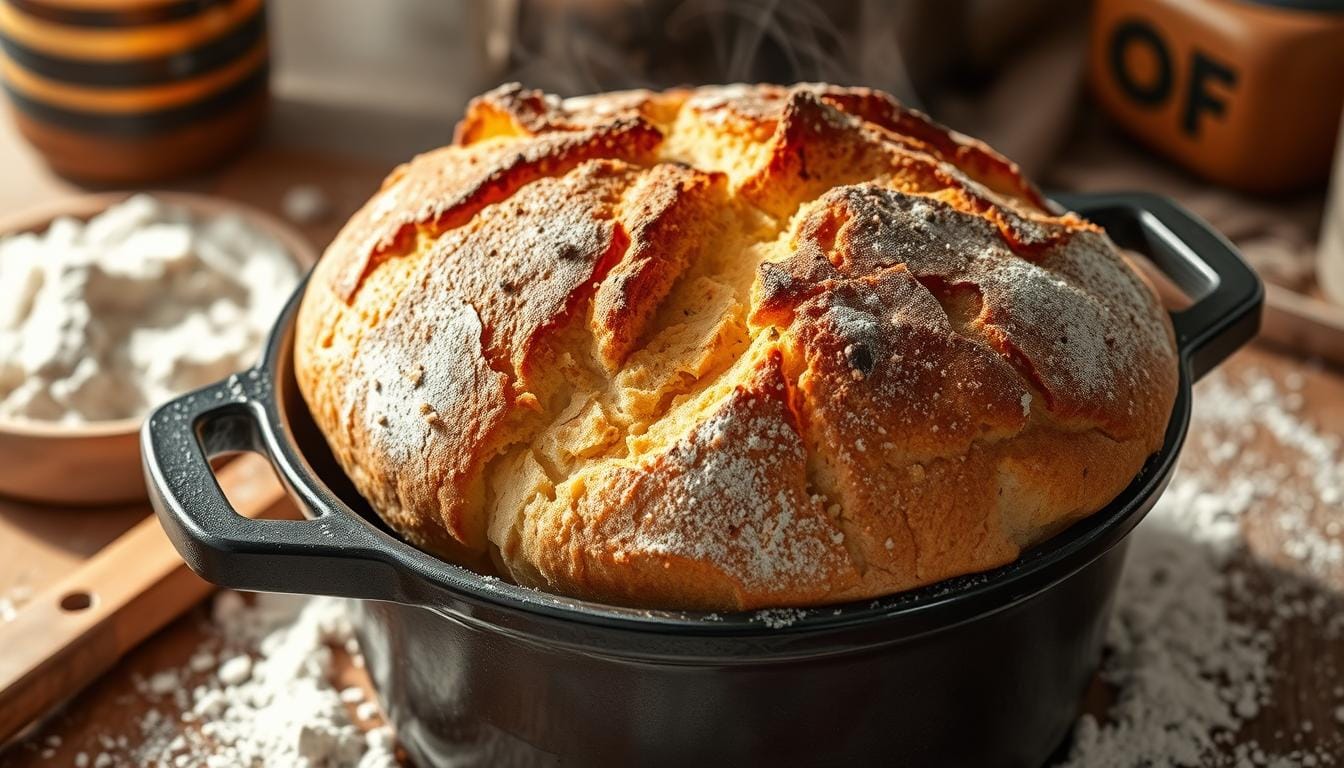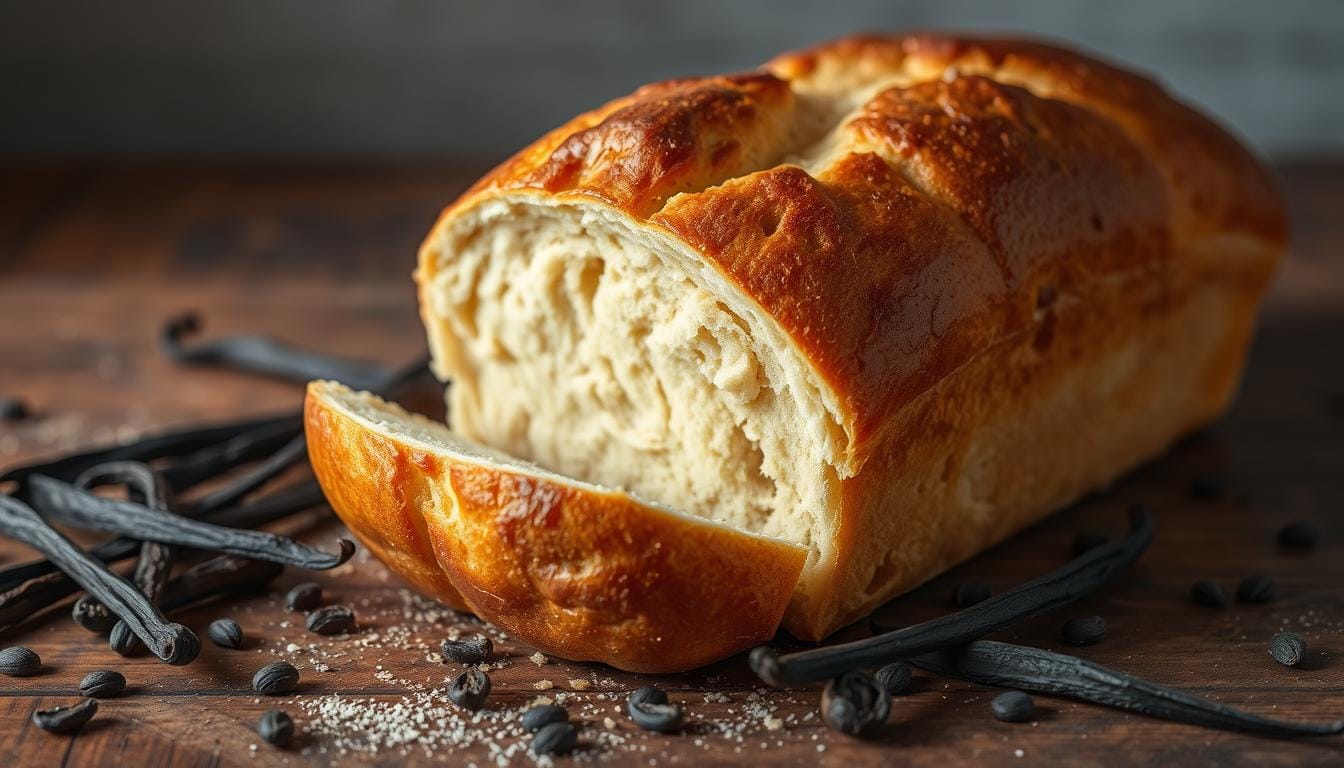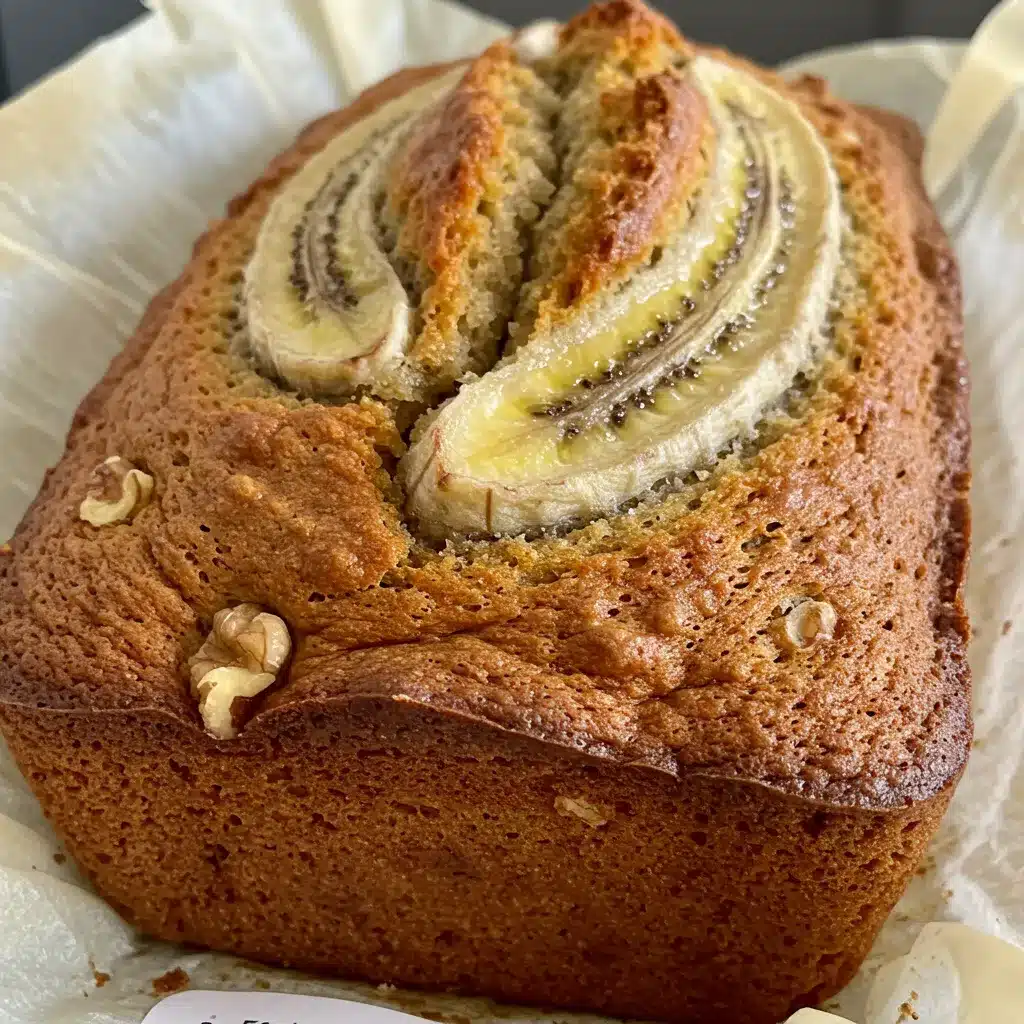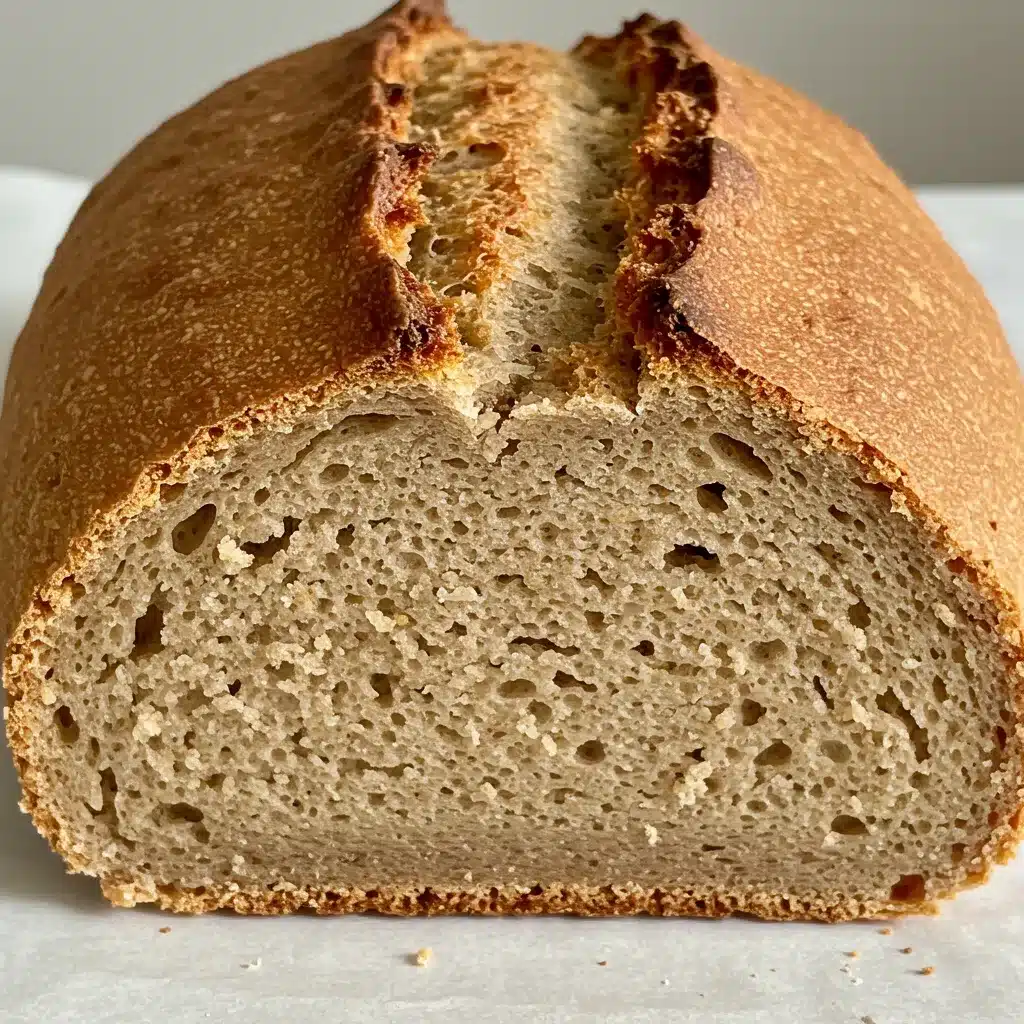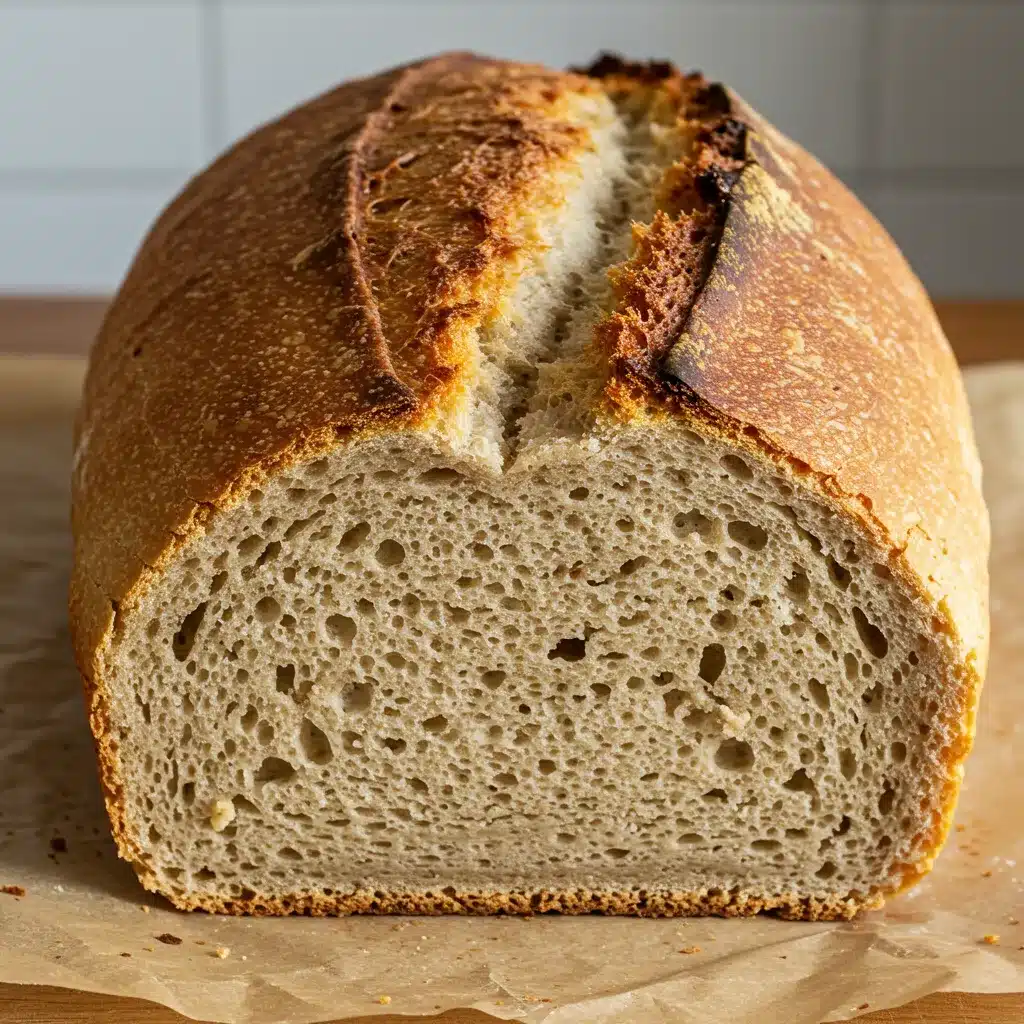Maine’s Oat Molasses Bread: A Hearty and Delicious Recipe
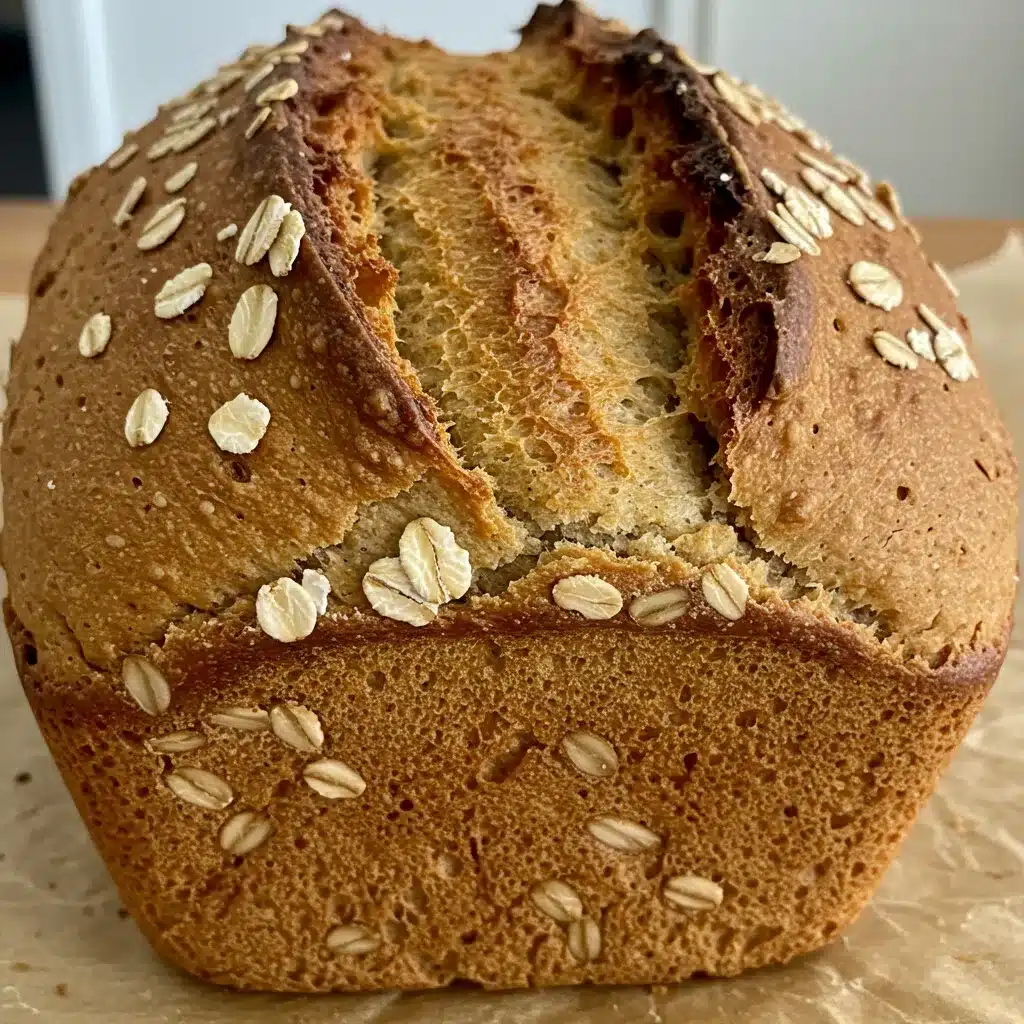
The smell of fresh bread in the kitchen brings back memories of my childhood in Maine. Homemade oat molasses bread was a big part of our family’s Saturday nights. It’s a warm, comforting loaf that shows the love and community in New England.
As I’ve gotten older, baking this bread connects me to my roots. It’s a way to keep alive the traditions that have fed Mainers for generations.
Maine’s Oat Molasses Bread is more than a recipe. It’s a sign of the state’s long history of bread-making. This bread is a favorite at community events, family dinners, and “Maine Bean Night.” It’s perfect with baked beans or enjoyed alone, showing Maine’s love for good food.
Table of Contents
Introduction to Maine’s Bread-Making Heritage
Maine’s bread-making history is rich and deep. It’s tied to the state’s culinary traditions. For centuries, maine oatmeal bread, new england molasses bread, and whole grain molasses bread have been staples. They show the state’s unique mix of agriculture and culture.
Historical Significance in New England
Bread-making is key to New England’s food scene. The area’s climate and soil are perfect for growing grains. This makes it ideal for making hearty, nutritious breads.
The Role of Molasses in Maine’s Culinary History
Molasses was a big deal in New England kitchens. Maine loved molasses, using it in many baked goods. This includes the famous new england molasses bread.
Cultural Impact of Oat Bread in Maine
Maine’s climate is great for oats, a key food for settlers and locals. Maine oatmeal bread was more than just food. It brought warmth and community, showing Maine’s culinary heart.
“The aroma of freshly baked whole grain molasses bread wafting through the air was a cherished part of daily life in Maine’s communities.”
Essential Ingredients and Equipment
To make the perfect homemade molasses bread or hearty oat bread, you need a few key things. Maine’s classic recipe calls for whole oats, blackstrap molasses, and bread flour. These ingredients are key to the bread’s taste and texture.
You’ll also need active dry yeast, salt, and water to mix the dough. Use a traditional loaf pan or a round, lidded clay baker for the best rise. Stay away from non-stick or oversized pans, as they can ruin the bread’s texture.

| Ingredient | Quantity |
|---|---|
| Whole Oats | 1 cup |
| Blackstrap Molasses | 1/2 cup |
| Bread Flour | 3 cups |
| Active Dry Yeast | 1 tablespoon |
| Salt | 1 teaspoon |
| Water | 1 1/2 cups |
Choose a traditional loaf pan or a round, lidded clay baker for the best rise. Avoid non-stick or large pans, as they can affect the bread’s texture.
“Using local ingredients is crucial for the bread’s unique taste and texture.”
Understanding the Power of Molasses in Baking
Molasses is key for a perfect molasses oatmeal loaf. It adds depth, sweetness, and a unique color. It’s a favorite in rustic Maine bakery kitchens for its amazing effects on bread.
Types of Molasses for Bread Making
There are different types of molasses for baking. Each has its own taste and baking benefits:
- Light molasses: Mild and sweet, adding a gentle caramel flavor.
- Dark molasses: Richer, with a deeper, almost malty taste.
- Blackstrap molasses: The most concentrated, with a strong, slightly bitter flavor.
Nutritional Benefits of Blackstrap Molasses
Blackstrap molasses is special for its nutritional value. It’s full of vitamins and minerals like:
- Iron: Essential for blood health and energy.
- Calcium: Good for strong bones and teeth.
- Magnesium: Helps muscles and nerves.
- Potassium: Keeps fluid balance and blood pressure right.
How Molasses Affects Bread Texture
Molasses does more than just flavor the molasses oatmeal loaf. It also changes the bread’s texture. The sugars in molasses make the bread moist and chewy, making it stand out.
“Molasses is the unsung hero of baking, adding a depth of flavor and richness that simply can’t be replicated with any other ingredient.”
– Sarah, Head Baker at Acadia Bakery
The Perfect Oat Selection for Your Bread
Choosing the right oats is key to making the classic oat molasses bread from Maine. Rolled oats are the top pick for this bread, giving it a hearty and rich taste. But, you can try different oats to make your own special version.
Whole grain oats are great for a bread that’s full of nutrients. They keep more of the oat’s good stuff like fiber, vitamins, and minerals. This makes your oat molasses bread recipe maine chewy and nutty. Steel-cut oats, on the other hand, have a coarser texture, adding an artisan touch to your whole grain molasses bread.
For a bit of crunch, mix rolled oats with oat groats. The soft rolled oats and crunchy groats make a nice contrast. Play with the mix to find the perfect taste and texture for you.
Choosing high-quality oats is important for a great-tasting homemade bread. By picking the right oats, you’ll make a oat molasses bread recipe maine that’s both healthy and tasty.
Step-by-Step Preparation Process
Making the perfect homemade molasses bread or hearty oat bread needs careful steps. You must focus on mixing, kneading, managing rising times, and controlling temperatures. Each step is crucial for the right texture and flavor.
Mixing and Kneading Techniques
Start by mixing the main ingredients for your oat molasses bread. This includes whole oats, blackstrap molasses, bread flour, yeast, salt, and water. Knead the dough well, either by hand for 10 minutes or with a stand mixer for 5-7 minutes. This makes the dough smooth and elastic.
Rising Time and Temperature Control
After kneading, put the dough in a lightly oiled bowl and cover it. Let it rise in a warm, draft-free spot, between 80°F and 85°F. It should double in size in 1-2 hours.
Shaping and Scoring the Loaf
Punch down the risen dough to get rid of air pockets. Then, shape it into a loaf. Put it in a greased loaf pan or a round, lidded clay baker. Use a sharp knife or lame to score the top, making a pattern that looks great when baked.
By following these steps, you’re on your way to making a tasty homemade molasses bread or hearty oat bread. It will truly capture Maine’s baking spirit.
Oat Molasses Bread Recipe Maine: Traditional Method
Discover the time-honored tradition of baking oat molasses bread, a beloved classic from Maine. This recipe showcases the rich, earthy flavors that have made Maine’s baked goods renowned throughout New England for generations.
To craft the perfect loaf, you’ll need just a few simple ingredients. You’ll need 2 cups of rolled oats, 1 cup of warm water, and 1/4 cup of molasses. Also, 1 cup of whole wheat flour, 2 cups of all-purpose flour, 1/4 cup of honey (optional), 2 1/4 teaspoons of yeast, and 1 teaspoon of salt.
- Soak the rolled oats in the warm water for 20 minutes, allowing them to soften and absorb the liquid.
- In a large mixing bowl, combine the soaked oats, molasses, whole wheat flour, all-purpose flour, honey (if using), yeast, and salt. Mix until a cohesive dough forms.
- Turn the dough out onto a lightly floured surface and knead for 6-8 minutes, until the dough becomes smooth and elastic.
- Place the dough in a greased bowl, cover, and let it rise for 1 hour and 30 minutes, or until doubled in size.
- Punch down the dough to release any air bubbles, then shape it into a loaf and place it in a greased bread pan.
- Cover the loaf and let it rise for an additional 30 minutes.
- Preheat your oven to 375°F (190°C).
- Bake the oat molasses bread for 30-35 minutes, or until the crust is golden brown and a tester inserted into the center comes out clean.
- Remove the bread from the oven and let it cool on a wire rack for at least 15 minutes before slicing and serving.
This traditional oat molasses bread recipe from Maine is a true delight. It has a moist, dense crumb and a deep, complex flavor. Enjoy this timeless New England treat as part of your own baking repertoire.
Mastering the Baking Temperature and Timing
Creating the perfect rustic maine bakery loaf of hearty oat bread requires the right baking temperature and timing. This ensures your bread has a crisp, golden crust and a soft interior.
Crust Development Techniques
To get a beautifully bronzed crust, bake your rustic maine bakery hearty oat bread at 400°F to 425°F for 15-20 minutes first. This high heat sets the crust and gives it a nice sheen. Then, lower the temperature to 375°F for the rest of the baking time. This helps the inside cook without over-browning the outside.
Testing for Doneness
To know when your rustic maine bakery hearty oat bread is done, check for a hollow sound when tapped on the bottom. It should also have an internal temperature of at least 190°F. This usually takes 30-35 minutes, but watch your loaf closely for the best results.
| Step | Details |
|---|---|
| Initial Baking Temperature | 400°F to 425°F |
| Baking Time (Initial) | 15-20 minutes |
| Reduced Baking Temperature | 375°F |
| Total Baking Time | 30-35 minutes |
| Internal Temperature (Doneness) | Minimum 190°F |
Mastering baking temperature and timing will help you make the perfect rustic maine bakery hearty oat bread every time.
Storage and Preservation Tips
Storing your homemade oat molasses bread right is crucial for keeping it fresh and tasty. This homemade molasses bread stays delicious for up to 5 days at room temperature.
To keep your loaf fresh, just put it in an airtight container or wrap it in a clean towel. This keeps the bread moist and prevents it from drying out. You can also freeze your oat molasses bread recipe maine for up to 3 months.
- Store at room temperature in an airtight container for 3-5 days.
- Wrap tightly in a clean towel to maintain moisture and texture.
- Freeze for up to 3 months for extended shelf life.
- Thaw frozen bread at room temperature before serving.
By following these easy storage tips, your homemade oat molasses bread will always be a delight. Every slice will be full of flavor and aroma.
“Freshly baked bread is one of life’s simple pleasures, and proper storage is key to preserving that just-out-of-the-oven goodness.”
Common Troubleshooting Solutions
Baking the perfect loaf of oat molasses bread can be rewarding but challenging. If you face any issues, don’t worry. There are several common solutions to help you achieve the hearty, flavorful bread you want.
Fixing Dense or Heavy Bread
If your oat molasses bread is dense or heavy, it’s probably because of insufficient gluten development. To fix this, knead the dough more thoroughly. This allows the gluten strands to form and strengthen.
Knead for an extra 5-10 minutes. This will make the dough smooth and elastic.
Addressing Rising Issues
Uneven or inadequate rising can be caused by a few factors. First, make sure your yeast is fresh and active. Expired or inactive yeast won’t leaven properly.
Also, ensure you’re allowing the dough to rise in a warm, draft-free environment for the recommended time. Properly controlling the rising temperature and duration is key for a light, fluffy crumb.
If the crust is browning too quickly or the interior is dense, adjust your baking temperature and time. Try a lower oven temperature for a longer time. This allows the interior to fully bake without over-crisping the exterior.
By addressing these common issues, you’ll be on your way to baking the perfect oat molasses bread recipe maine. Enjoy the hearty, comforting flavors of this beloved New England classic.
Serving Suggestions and Pairings
Maine oatmeal bread is great with many dishes. It’s perfect for breakfast, lunch, or dinner. This classic bread goes well with lots of flavors.
Begin your day with toasted oat molasses bread and butter or preserves. Its sweet and nutty taste is just right for morning.
For a filling meal, try it with soups, stews, or baked beans. The bread’s strong texture and earthy taste are great with these dishes.
It’s also great on a cheese plate or charcuterie board. Slice the bread and pair it with local cheeses, preserves, and meats for a tasty mix.
It’s also good as a side to roasted meats or veggies. The bread’s texture and sweetness balance out the savory flavors of your main dish.
No matter how you serve it, Maine oatmeal bread adds something special to any meal. Its classic taste and warm aroma bring you back to Maine’s cozy kitchens.
Modern Variations and Adaptations
The classic oat molasses bread from Maine is loved by many. But, modern bakers have made it their own by adding new twists. They’ve created gluten-free and vegan versions, making this bread accessible to everyone.
Gluten-Free Options
For those who can’t eat gluten, there’s a solution. Just swap the regular flour for gluten-free ones. Try almond flour, coconut flour, or a gluten-free mix. These changes keep the bread’s flavor and texture great, without the gluten.
Vegan Modifications
Vegans can enjoy oat molasses bread too. Just swap the milk for almond or oat milk, and flaxseed for eggs. These changes keep the bread soft and tasty, perfect for a vegan diet.
Exploring oat molasses bread and whole grain molasses bread opens up a world of flavors. These modern takes let you enjoy Maine’s baking traditions while meeting your dietary needs.
Health Benefits and Nutritional Value
The Maine Oat Molasses Bread is not just tasty. It’s also packed with health benefits. Made with whole grain molasses bread and nutritious oats, it’s a great choice for any meal.
Oats are the main ingredient, full of fiber, protein, vitamins, and minerals. They help keep your digestive system healthy and blood sugar levels steady. Molasses adds antioxidants and important nutrients like iron, calcium, and magnesium.
Whole wheat flour increases the bread’s fiber, making you feel full and supporting gut health. Soaking the oats makes the bread soft and moist.
| Nutrient | Amount per Serving |
|---|---|
| Calories | 200 |
| Total Carbohydrates | 35g |
| Dietary Fiber | 5g |
| Protein | 6g |
| Iron | 2mg |
| Calcium | 50mg |
Looking for a healthy breakfast, a side for soup or stew, or a snack? The Maine Oat Molasses Bread is a great pick. It’s nutritious and delicious, making your body and taste buds happy.
Conclusion
Maine’s Oat Molasses Bread is a timeless treasure. It shows the state’s rich culinary heritage and the lasting love for traditional baked goods. This beloved recipe combines molasses and oats, making a comforting and satisfying bread. It has won the hearts and palates of Mainers for generations.
Baking this oat molasses bread recipe maine lets you dive into the state’s vibrant food culture. The bread’s versatility and adaptability keep it loved by today’s bakers. Its deep roots in Maine’s history make it a symbol of the state’s love for local ingredients and traditions.
Enjoying a slice of this traditional maine baked goods takes you back to cozy kitchens and community gatherings. The oat molasses bread is a staple in Maine homes. It reminds us of the power of local ingredients, skilled craftsmanship, and Maine’s baking traditions.
FAQ
What is the history and cultural significance of Maine’s Oat Molasses Bread?
Maine’s Oat Molasses Bread is a symbol of homemade comfort in New England. It has roots in the region’s molasses trade and the state’s climate for oats. The recipe celebrates local cuisine values and tradition.
What are the key ingredients in this traditional Maine bread?
The bread’s key ingredients are whole oats, blackstrap molasses, and bread flour. It also includes active dry yeast, salt, and water. Using local ingredients is key for its unique taste and texture.
How does molasses contribute to the bread’s flavor, texture, and nutritional value?
Molasses adds a deep flavor, sweetness, and dark color. It also brings vitamins and minerals, making the bread nutritious. Blackstrap molasses, in particular, offers significant nutritional benefits.
What role do the oats play in the bread’s composition?
Oats are the bread’s base, full of nutrients. They enhance the bread’s flavor and texture. Rolled oats are traditional, but other oats can be used for different tastes and textures.
What is the step-by-step process for making Maine Oat Molasses Bread?
The recipe starts with soaking oats. Then, mix the ingredients, knead the dough, and let it rise. Shape the loaf and bake at the right temperature and time. Proper kneading and rising conditions are crucial.
How should Maine Oat Molasses Bread be stored and preserved?
The bread stays fresh for 3-5 days at room temperature. Store it in an airtight container or wrap it in a towel. For longer storage, freeze it for up to 3 months. Proper storage keeps the bread’s texture and flavor.
What are some common troubleshooting solutions for this bread?
If the bread is dense, knead it better to develop gluten. Uneven rising might be due to inactive yeast or undermixing. Adjust baking temperature and time for a better crust. Use fresh ingredients and ensure proper rising conditions for the best results.
How can Maine Oat Molasses Bread be served and paired with other foods?
The bread goes well with soups, stews, baked beans, and local cheese. It’s great with preserves or butter. Serve it toasted for breakfast or as a side to roasted meats or vegetables.
What are some modern variations and adaptations of this traditional Maine bread?
For gluten-free versions, use gluten-free oats and flours like almond and coconut. Vegan adaptations can use almond or oat milk and flaxseed meal instead of eggs. These changes keep the bread’s core taste while meeting different dietary needs.
What are the health benefits and nutritional value of Maine Oat Molasses Bread?
Oats in the bread provide fiber, protein, vitamins, and minerals. Molasses adds nutrients and antioxidants. Whole wheat flour boosts the bread’s fiber content and nutritional value. This makes the bread a healthy choice for any meal.
Have you tried this recipe?
Cooking made joyful with Perky Recipes

